Anyone who’s ever run more than 15km or completed a triathlon knows how it feels when you’re going well, you’re eating up the miles with ease and the rhythm is pervading your movement. When you get home and that’s it? But part of that is proper breathing, without it it can all become a nightmare. And it’s the same as any other simple activity: almost everyone thinks they’re doing it right because they’re still alive. But you realise how much better you can do it when you finish a run for the first time without gasping. There was a saying at university: if the ability to breathe and regulate breathing were tied to a complete understanding of it, there would be no problem with overpopulation.
Breathing through the nose is very important because it filters the air, humidifies it and helps develop the diaphragm, involving it in the work of breathing. Breathing through the nose is initially difficult, laborious and easy to get around. Only later does it become very important, by which time breathing through the mouth has become habitual. That’s why you need to master it now, (rather) than while running! (Not to mention that chronic mouth breathing can also contribute to dry mucous membranes, inflammation and changes to the facial expression…not in a good way, see muffled look).
Why is it so difficult to breathe through the nose? If you’re finding it difficult to breathe through your nose, it could be due to anything from simple nasal congestion, sinusitis or sinus congestion. And although I have it on paper (and have promised) that I don’t know or care, I still recommend that if you know what’s causing your nasal congestion, the first and most important step is to find out how to stop it.
The other critical issue is your posture. A hunched back, shoulders hunched forward will make it difficult for you to breathe, so this needs to be addressed. Posture correcting gymnastics and swimming can make a big difference. Both together are best, but I don’t want to rush you into anything. Just bear in mind that you are severely limiting your chances of success if you run with poor posture, not to mention the difficulty of performing hill exercises.
When you feel you’re ready, start with diaphragmatic breathing, which is like riding a bicycle with a training wheel: part of the process. There are two exercises I’ll ask you to do, and you’ll need to master them at a skill level.
1/a. Diaphragmatic breathing through nose at rest
The correct way to do the exercise is as follows:
– Lie down on the floor, put one hand on your heart and the other on your stomach.
– Start inhaling so that your belly rises first! If you press your hand lightly against your abdominal wall, you should feel your diaphragm tighten.
– Keep breathing in, but now let your chest rise too!
– Exhale through your mouth as if you were about to blow out a candle.
The exercise is easiest done lying down, after which you can try it sitting up. The aim is to exhale for at least 30 seconds. It is important to see that breathing properly will, after a while, create relative hypocapnia (i.e. you will get significantly more oxygen than you need for (non-)movement, so the length of the exhalation can easily be increased. No magic and in a few minutes how much you have improved: you have started to regulate your body’s oxygen supply. Does this reduce your heart rate?
1/b. Diaphragmatic breathing through nose while moving
If you can reach 30 seconds at any time at rest, you’re ready to try the same exercise while walking.
– Put your hands down next to you comfortably! By now you know what diaphragmatic breathing feels like, you don’t need the reinforcement.
– As you walk, breathe in comfortably through your nose as you learned in 1/a.
– Breathe out through your mouth! The goal here is to reach 30 seconds.
– Try this even if you’re just popping down to the shop or on your way to work! Practise this for a few days and see if you can breathe like this without really paying attention.
– Without paying attention to anything else, try this while running 50-100 metres!
It seems very simple, but good execution is not so simple. You have time, practice!-)
In the continuation:
– Patterned (rhythmic) breathing (practice to be mastered);
– Single-length breathing (practice to be mastered);
– Alternate nasal breathing (practice to be mastered)
– Wim Hoff breathing (exercise)
– The physiological sigh
– Modify breathing while running
– Effects of breathing on circulation in practice


